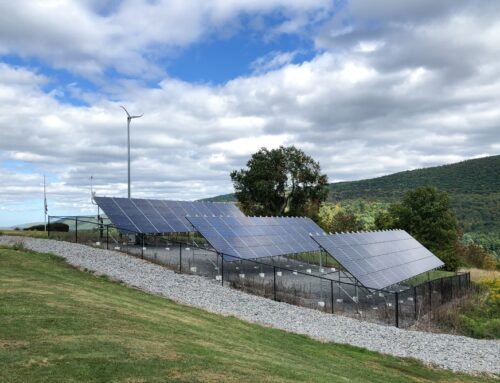Rising temperatures are ‘wreaking havoc’ on the global water cycle
January 6, 2025
A new report has revealed that 2024 was yet another year of record-breaking temperatures, which are driving the global water cycle to unprecedented climate extremes and are contributing to massive floods and crippling droughts.
According to the experts, this intense warming is pushing worldwide water systems to their limits.
According to the 2024 Global Water Monitor Report, an international collaboration led by ANU Professor Albert van Dijk, rising temperatures are significantly changing the way water moves around the planet, “wreaking havoc” on the water cycle.
With the planet growing steadily hotter, water evaporates more quickly, amplifying severe events like storms and droughts.
“Rising sea surface temperatures intensified tropical cyclones and droughts in the Amazon Basin and southern Africa. Global warming also contributed to heavier downpours and slower-moving storms, as evidenced by deadly flash floods in Europe, Asia and Brazil,” reported van Dijk.
The report notes that, in 2024, about four billion people across 111 countries experienced their hottest year to date, and that air temperatures over land have climbed 1.2 degrees Celsius since the start of the 21st century, roughly 2.2 degrees Celsius higher than the pre-industrial era.
“In 2024, Earth experienced its hottest year on record, for the fourth year in a row. Water systems across the globe bore the brunt,” van Dijk said.
He emphasized that 2024 was a year of extremes but was not an isolated occurrence. “It is part of a worsening trend of more intense floods, prolonged droughts, and record-breaking extremes.”
Major water-driven calamities – flash floods, river floods, droughts, tropical cyclones, and landslides – resulted in more than 8,700 deaths and displaced 40 million people worldwide, incurring economic losses exceeding US $550 billion.
“From historic droughts to catastrophic floods, these extreme events impact lives, livelihoods, and entire ecosystems. Separate, heavy rainfall events caused widespread flash flooding in Afghanistan and Pakistan, killing more than 1,000 people,” van Dijk said.
“Catastrophic flooding in Brazil caused more than 80 deaths, with the region recording more than 300 millimetres of rainfall.”
One of the report’s key findings is the increased frequency of extreme rainfall.
“We found rainfall records are being broken with increasing regularity,” said van Dijk.
“For example, record-high monthly rainfall totals were achieved 27 percent more frequently in 2024 than at the start of this century, whereas daily rainfall records were achieved 52 percent more frequently. Record-lows were 38 percent more frequent, so we are seeing worse extremes on both sides.”
Van Dijk noted that in southern China, the Yangtze and Pearl Rivers flooded cities and towns, displacing tens of thousands of people and causing hundreds of millions of dollars in crop damages. In August, heavy monsoon rains and dam releases in Bangladesh caused widespread river flooding.
“More than 5.8 million people were affected and at least one million tons of rice was destroyed. In Spain, more than 500 millimetres of rain fell within eight hours in late October, causing deadly flash floods,” said van Dijk.
While many regions contended with floods, others faced punishing droughts.
“In the Amazon Basin, one of the Earth’s most important ecosystems, record low river levels cut off transport routes and disrupted hydropower generation.”
“Wildfires driven by the hot and dry weather burned through more than 52,000 square kilometres in September alone, releasing vast amounts of greenhouse gases,” van Dijk added.
“In southern Africa, a severe drought reduced maize production by more than 50 percent, leaving 30 million people facing food shortages. Farmers were forced to cull livestock as pastures dried up. The drought also reduced hydropower output, leading to widespread blackouts.”
Van Dijk warned of the growing necessity to prepare for more intense extremes.
“We need to prepare and adapt to inevitably more severe extreme events. That can mean stronger flood defences, developing more drought-resilient food production and water supplies, and better early warning systems.”
“Water is our most critical resource, and its extremes – both floods and droughts – are among the greatest threats we face.”
The research team gathered data from ground stations and satellites to track variables such as rainfall, soil moisture, and river flows. This extensive data collection offers near real-time insights into water-related disasters, clarifying how climatic shifts and water events intertwine on a global scale.
The 2024 findings confirm that warmer conditions push the water cycle into turbulent territory, with extreme rainfall and severe droughts becoming more frequent and intense.
In facing these challenges, the combination of well-informed science and rapid adaptation strategies will be key to safeguarding communities and ecosystems for years to come.
The report can be found here.
—–
Like what you read? Subscribe to our newsletter for engaging articles, exclusive content, and the latest updates.
Check us out on EarthSnap, a free app brought to you by Eric Ralls and Earth.com.
—–
Search
RECENT PRESS RELEASES
Related Post


